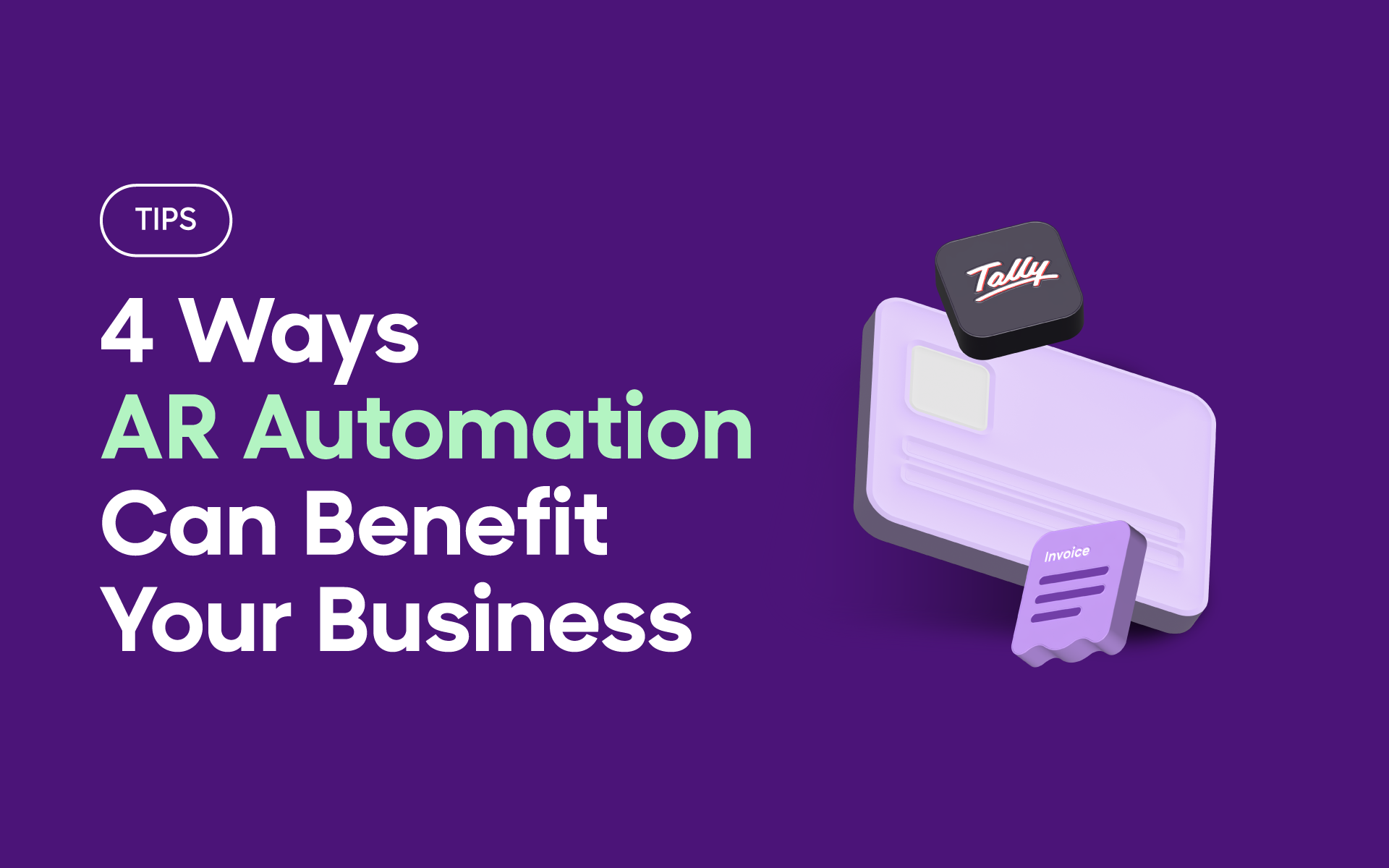For any business, the month-end close process is a critical function. It is when financial records are reconciled for accuracy and compliance with reporting requirements. Nevertheless, this may be time-consuming and prone to errors in many companies, especially those that use manual auto-reconciliation in accounts payable (AP).
This arises from the fact that a large amount of data has to be manually operated on. Consequently, mistakes and delays increase, causing friction during the entire process.
A seamless month-end close bears some importance for several reasons:
- Financial Accuracy: The importance of maintaining accurate financial statements cannot be overstated because this helps the stakeholders make informed decisions. Inaccuracy can result in poor investments, missed opportunities, or even legal issues.
- Compliance: All small or big businesses must stick to specific accounting laws. They have deadlines by which they must make certain disclosures to regulatory bodies. Failure to do so attracts hefty penalties. Hence, a smooth month-end close is necessary for timely and correct filings.
- Improved Cash Flow: This will support better cash flow visibility and more robust financial planning and decision-making through faster, more accurate payment processing and liability management reconciliation processes.
The Challenges of Manual Auto-Reconciliation
Businesses have traditionally followed manual auto-reconciliation, but once an organization starts to grow, the challenges increase. Here are some common problems faced in manual auto-reconciliation.
- Time-consuming: This is generally the main problem faced by organizations. AP teams may spend valuable time on manual data entry, waiting for approvals, and resolving discrepancies.
- Susceptible to errors: Mistakes during invoice processing can lead to misfiled records that need a human being’s intervention.
- Scalability issues: As a firm scales up, it gets more invoices and transactions, making manual reconciliation even more time-consuming and harder to work with.
- Miscommunication: Furthermore, miscommunication among the team results in confusion and often huge mistakes too. The interdepartmental communication and cooperation should be efficient enough for the reconciliation process to run smoothly.
The Role of AP Automation in Streamlining Auto-Reconciliation
Thanks to technology, many of these challenges can be solved using automation of accounts payable procedures. Here’s how:
- Automated data capture and matching: AP automation software utilizes Optical Character Recognition (OCR), which automatically captures invoice information while electronically matching it with relevant receipts and associated purchase orders, thereby eliminating mistakes made during the manual data entry and saving time.
- Real-time exception handling: The system checks for real-time discrepancies and proposes exceptions that require AP teams to deal only with actual abnormalities.
- Integration with current ERP systems: AP automation tools easily integrate with the already existing ERP. This ensures seamless data flow without any manual file transfer.
Benefits of AP Automation for Auto-Reconciliation
Let us have a look at some of the benefits of auto-reconciliation.
- Fast month-end close: Reconciliation is accelerated with the help of AP automation by carrying out long processes manually, speeding up month-end closing.
- Error reduction: Additionally, using automation results in reduced human intervention thus minimizing the chances of errors. Moreover, automated data capture and exception handling minimize human error risk, leading to more accurate and reliable financial information.
- Improved conformity: Streamlined reconciliation is imperative for timely and accurate financial reporting. This ultimately also helps in improving compliance with accounting standards.
- Increased efficiency: Automation saves time, enabling AP teams to focus on more value-adding activities like strategic analysis or vendor management, supporting organization growth. This is why a study revealed that 84.7% of the companies agreed that AP automation has increased efficiency.
Best Practices for Implementing AP Automation Success
Changing an important business process altogether can be challenging for any organization. This is why certain things should be kept in mind while implementing automation. Let us have a look:
- Requirements should be well stated: Identify your company’s needs and pick a suitable Accounts Payable solution to cater to them.
- Data quality is important: You must remember that while entering data in the automation matching procedure, you need to avoid errors from the starting point.
- User training must not be taken lightly: Proper training will also be necessary to maximize efficiency, as this will be new for the AP team. It would also be important that they are educated about the functionalities of the new system in place and how it can make their lives easy.
- Continuous monitoring is required: Although AP automation is known to be very reliable, monitoring of its performance which includes regular system checks becomes inevitable for better effectiveness.
Real-World Case Studies: How Companies Achieved Month-End Close Efficiency with AP Automation
Here are some real-world examples of how companies have leveraged AP automation to achieve significant improvements in their month-end close process:
- Electrical Engineering Company Increases Productivity by 70%
A multinational Electrical Engineering Company that has existed for over 100 years turned to AP automation when it faced new challenges after a new acquisition.
The company reported a productivity increase of 70% after implementing AP automation. The automation solution helped standardize processes, reduce manual tasks, and provide better visibility into the month-end close. This helped them reduce the burden on their employees and meet the deadlines.
- Clinton Management Saves $1,200 per month Using AP Automation.
With 12 different office locations, Clinton Property Management had the tough task of keeping tabs on a huge portfolio. They addressed this challenge by automating vendor ordering to capture data and save on labor costs, having just a few vendors for simplified purchases, and reorganizing month-end processes. Consequently, AP automation saved them more than $1,200 monthly.
Conclusion
In today’s business environment, a smooth and efficient month-end close process is not a luxury but an essentiality. Traditional reconciliation can be time-consuming, with error-filled roadblocks that divert your attention from many important aspects.
Businesses can leverage their AP automation to solve key accounting issues and save time and money by focusing more on tasks that deserve attention.
So, don’t let manual reconciliation hold your business back. Take advantage of AP automation solutions to completely change your month-end close into a streamlined process that helps in informed decision-making and takes you toward the next level in business.
It’s about time you made that move! Call us now for a free consultation appointment to explore how automated payables processing would enable faster, more efficient, and mistake-free closing of the books at month’s end.





